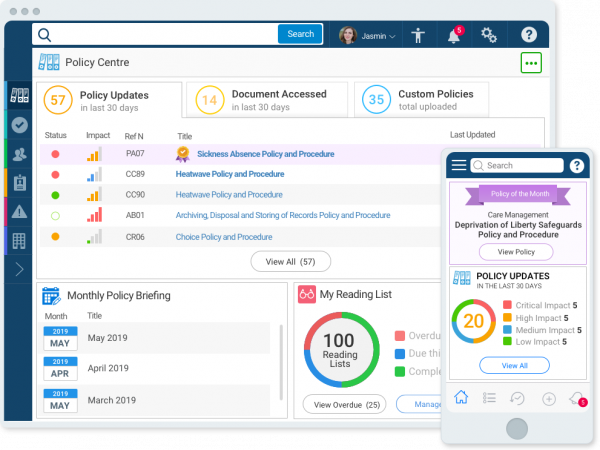Family Environment Scale Manual Download
Description
- Family Environment Scale Assessment
- Family Environment Scale Scoring
- Family Environment Scale Manual Download Free
Scale inventory. The scale is a 90-item inventory that has a 10 subscales measuring interpersonal Relationship dimension, the Personal Growth, and the System Maintenance. The Relationship dimension includes measurements of cohesion, expressiveness, and conflict.Cohesion is the degree of commitment and support family members provide for one another, expressiveness is the extent to family. The study used the Brief Symptom Inventory, the Family Environment Scale, and the Delinquency Scale in a structured interview format to measure psychological distress, family structure and relations, and levels of youth offending, in 219 older children and adolescents aged between 12-17 years living in areas associated with high levels of youth.
The System Maintenance protocol includes 18 self-administered, true/false questions from two subscales (Organization, Control) of the Family Environment Scale (FES), Fourth Edition. The respondent reviews each item and chooses whether each item is characteristic (True) or not characteristic (False) of their family. The FES Manual includes a Scoring Key for each true/false item. This protocol is appropriate for adults and children aged 11 and older.
Specific Instructions
The Family Environment Scale (FES) is a proprietary instrument. Each Family Environment subscale is a part of a complete FES assessment and is not sold separately. To administer a subscale requires a licensing agreement from Mind Garden, Inc. While the Social Environments Working Group recognizes that there are many definitions of family, the FES is intended for use among parents and children. Parents may include both biological and nonbiological (e.g., step- or adoptive) relationships.
Protocol
Family Environment Scale Assessment
Summary of the Control and Organizational Subscales from the Family Environment Scale
The Systems Maintenance measure contains two subscales: Organization (nine questions) and Control (nine questions).
Items from the Organization subscale include whether activities are planned out, the importance of punctuality, and whether duties are clearly defined. Items from the Control subscale include the importance of rules, whether family members are ordered around, and whether family members each have an equal say in family matters.
The test booklets feature three types of forms. The Real Form items ask the respondent to describe his or her current family as he or she perceives it. Real Form items can also be used to describe a respondent’s past family environment (i.e., childhood environment).
The Ideal Form and Expectations Form allow people to describe the type of family they prefer or their expectations of what a family will be like. The Ideal Form and Expectations Form are typically used in therapeutic settings and are not generally considered for research purposes.
Scoring Instructions
Each True/False item is assigned a value of 0 or 1, based on the scoring key. Items are then combined within the two subscales (Organization and Control). To combine these subscales into a single Family Control and Organization score, the subscales can be summed or averaged. Higher scores reflect higher levels of Family Organization and Control.
Family Environment Scale Scoring
The Social Environments Working Group recommends the use of the raw scores from the Real Form (or their standardized counterparts) that can be further averaged across family members for an overall measure of global family environment. The Family Environments Scale Manual contains directions for creating Family Incongruence scores based on differences in scores across family members, but these scores are primarily utilized in therapeutic settings and are generally not validated for research.
Family Environment Scale Copyright © 2009 Mind Garden, Inc. All rights reserved.
Protocol Name from Source

Hybrid vst crack. Family Environment Scale (FES), 2009